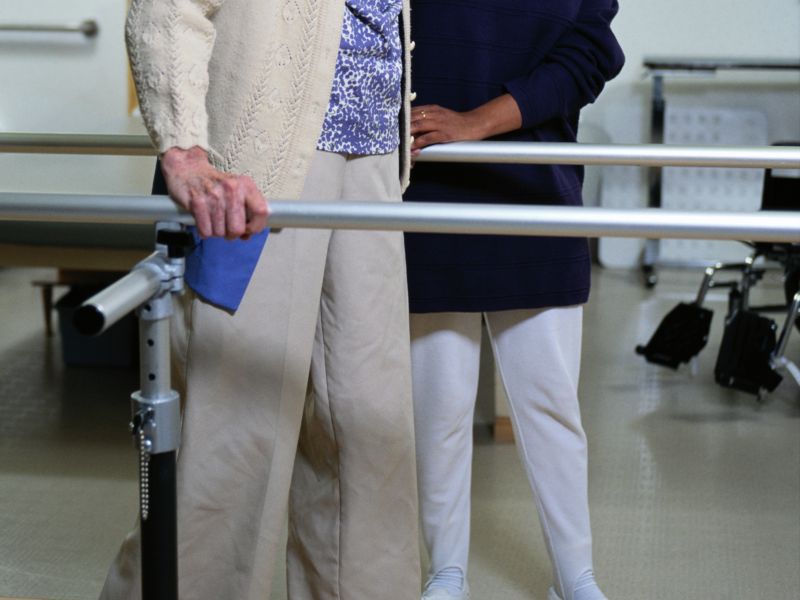WEDNESDAY, Aug. 14, 2019 (HealthDay News) — Aerobic exercise significantly improves stroke survivors’ endurance and walking ability, researchers report.
They analyzed 19 studies that included nearly 500 stroke survivors, aged 54 to 71, who completed aerobic exercise programs similar in structure to cardiac rehabilitation.
The patients did two or three aerobics workouts a week for about three months. Walking was the most common type of activity, followed by stationary cycling and mixed aerobic exercise. The patients’ endurance and walking speed was tested before and after they completed the programs.
Overall, the patients had significant improvements. After completing the therapy, they walked an average of nearly half the length of a football field farther during a six-minute walking test. Those with mild movement impairments had the best results.
“These benefits were realized regardless of how long it had been since their stroke,” said study lead author Elizabeth Regan, a Ph.D. candidate in exercise science at the University of South Carolina.
Mixed aerobic exercise provided the greatest improvement, followed by walking, cycling and recumbent stepping — a machine that allows stepping while in a seated position.
The study was published Aug. 14 in the Journal of the American Heart Association.
“Our analysis included stroke survivors across a wide range, from less than six months to greater than a year since their stroke, and the benefits were seen whether they started an aerobic exercise program one month or one year after having a stroke,” Regan explained in a journal news release.
Stroke is the leading cause of disability in the United States. Physical therapy is often prescribed for stroke survivors to improve physical impairments. Most current stroke rehabilitation has little to no focus on aerobic fitness.
“The physical therapy we currently provide to patients after a stroke focuses more on improving the ability to move and move well rather than on increasing how far and long you can move,” Regan said. “It doesn’t matter how well you can walk if your endurance level keeps you at home.”
Study co-author Stacy Fritz, an associate professor of exercise science at the University of South Carolina, said that cardiac rehab programs may offer benefits to stroke patients “who have health risks and endurance losses similar to traditional cardiac rehab participants.
“Almost every hospital has a cardiac rehab program, so it’s an existing platform that could be used for stroke survivors. Funneling patients with stroke into these existing programs may be an easy, cost-effective solution with long-term benefits,” Fritz said.
More information
The U.S. National Institute of Neurological Disorders and Stroke has more on stroke rehabilitation.
Copyright © 2025 HealthDay. All rights reserved.

